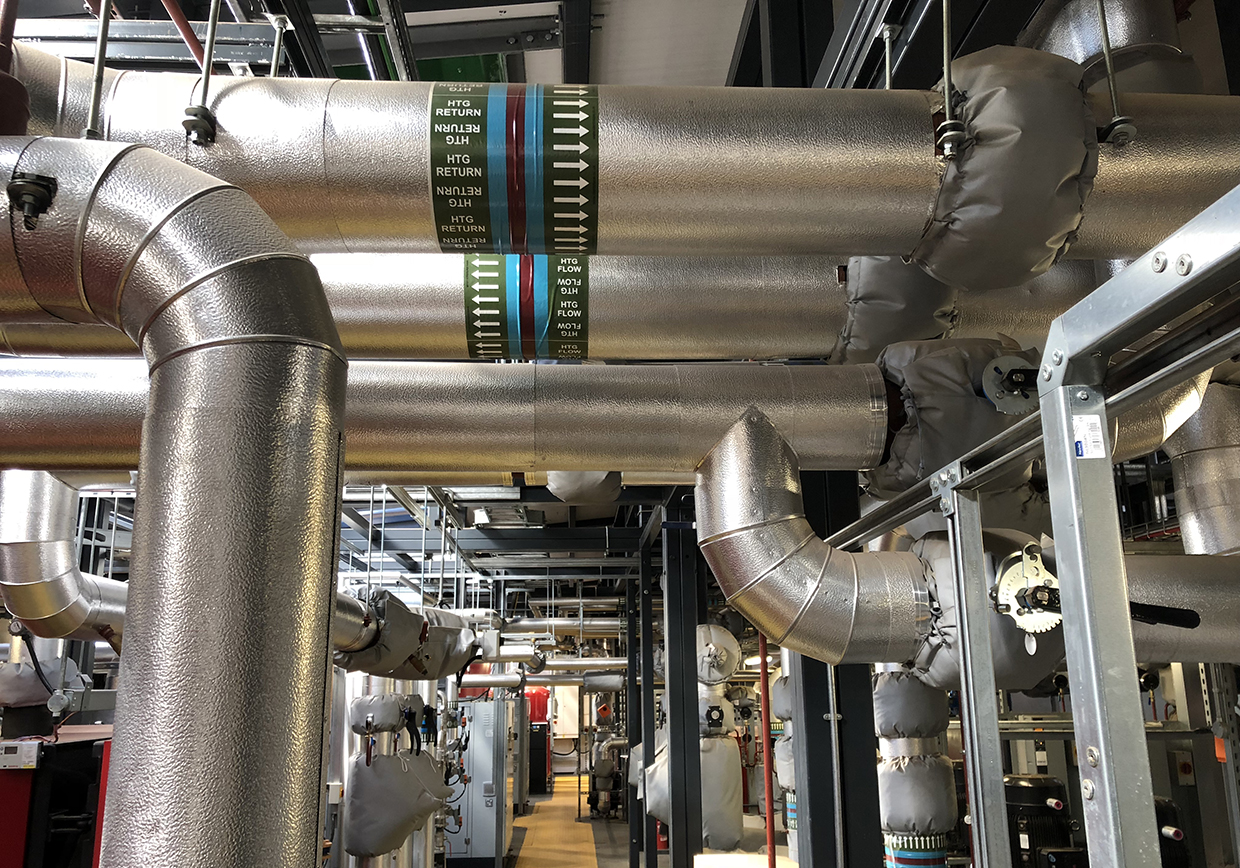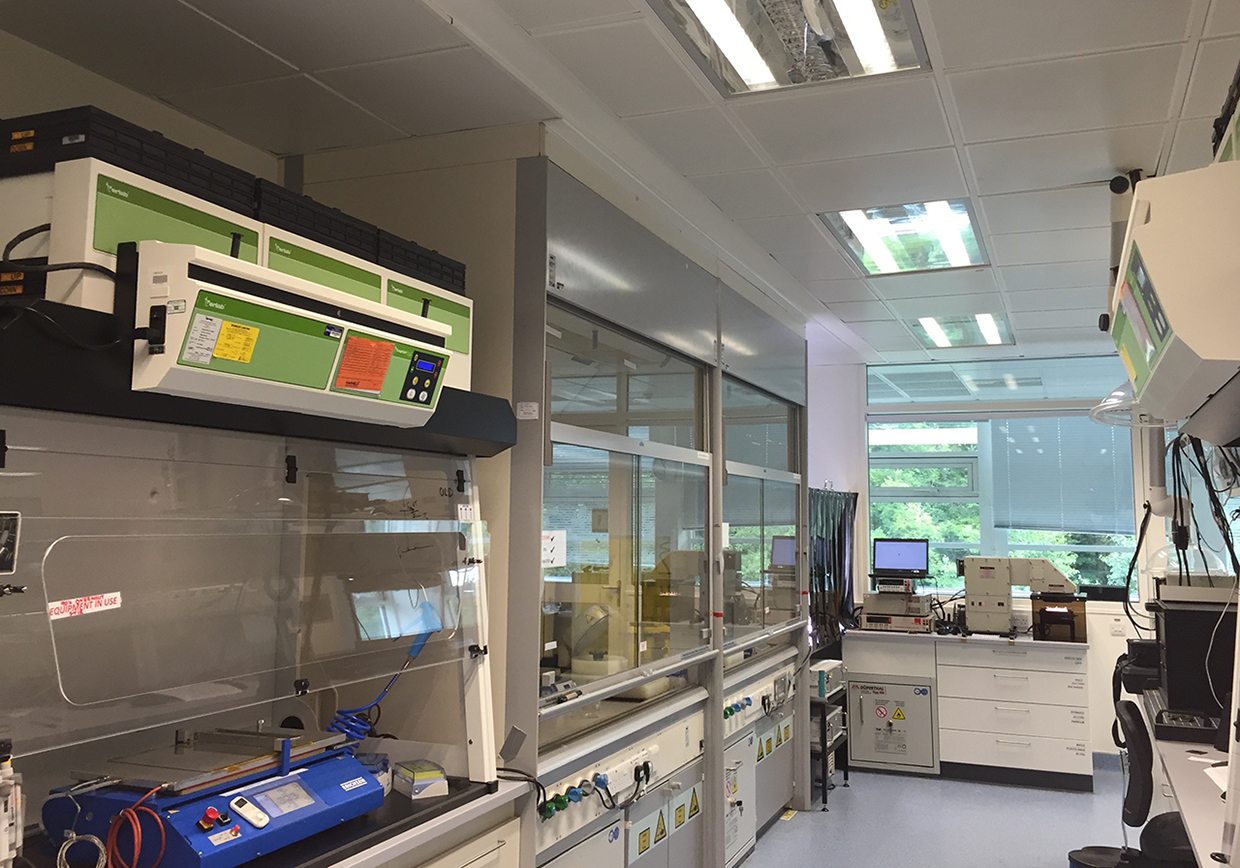Energy cost reductions at iconic Library of Birmingham
We currently provide technical and facilities management services for Birmingham City Council, including maintenance of all services (except lifts and escalators) in the flagship Library of Birmingham.
This award-winning building is a real landmark for the city and the perfect symbol of the resurgence that the city is currently enjoying, and we are immensely proud of our ongoing association.
With 35,000 square metres of public space, theatre spaces, a gallery, dedicated children’s library, classrooms, vast library spaces and a number of close-control archives housing the city’s heritage collection, this state-of-the-art building really was a challenge we relished taking on.
The library received nearly 2 million visits in 2015 and was the most visited tourist attraction outside of London (based on figures from the Association of Leading Visitor Attractions).
Our sister companies were a key part of the initial build team from 2011 and our involvement has grown since the project’s completion.
We have worked hand-in-hand with the library team to help cope with what was a very challenging defects period, dealing with latent defects whilst navigating through the collapse of Carillion, the main contractor for the build.
We manage a complex supply chain of specialists and also have a dedicated on-site team which deals with every challenge that a building of this complexity has in store.
In addition to the day -to-day maintenance of the building, a number of additional schemes have been carried out, with changes to controls, plant, hydraulics as well as mechanical and natural ventilation systems.
Changes to heating systems include optimisation of software and system integration, fine tuning of system flowrates, alterations to time schedules and some minor mechanical alterations.
The cooling system has been modified mechanically and there have been substantial changes to the control philosophy, partly to accommodate changes to the building use, but mainly through us identifying that we could switch off parts of the system if some fairly minor changes were made. Parts of the cooling system serve critical equipment, such as the computer server rooms and the library archives, so all works had to be carried out without any disruption to service
The outlay for our client has been minimal (less than £3,000 a year) and the saving now runs in the region of £50,000 per quarter.
The net energy reduction amounts to between 25 and 35 per cent when comparing season to season.




